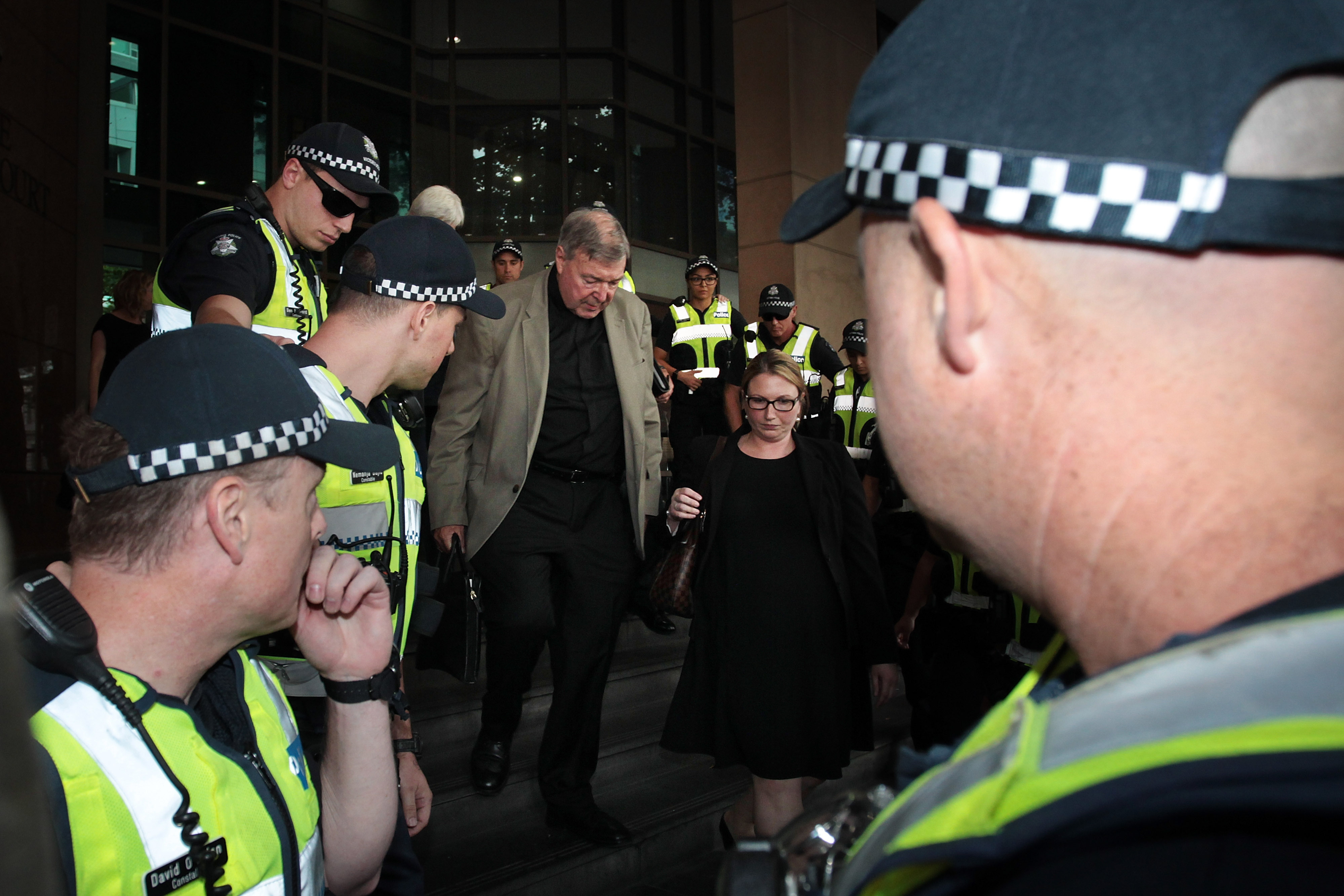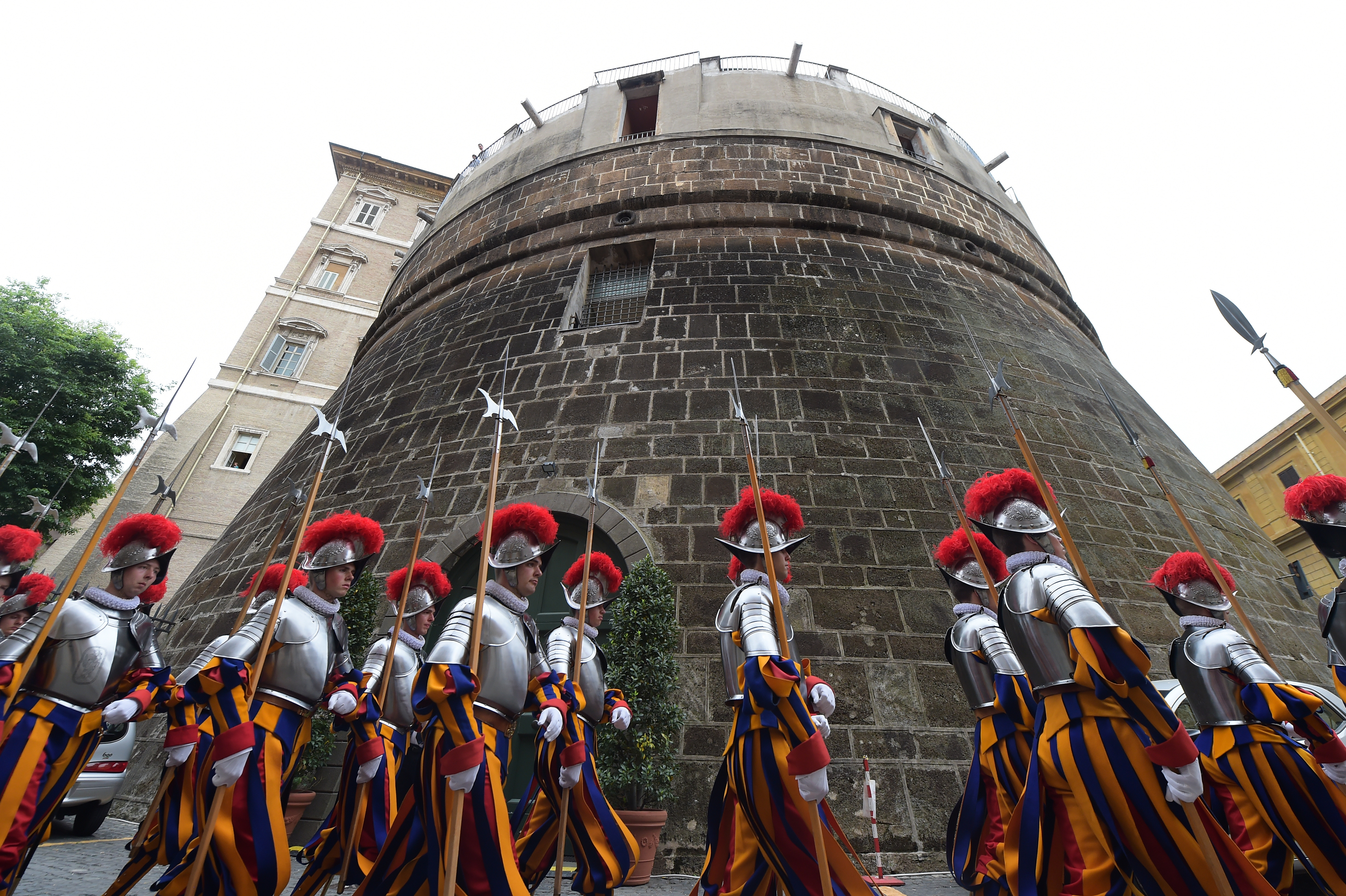A former president of the Vatican bank will stand trial for defrauding the institution of millions of euros becoming the highest ranking official in the Holy See to be prosecuted for financial crimes.
The bank, officially known as the IOR (Institute for Works of Religion), announced in a statement that the ex-president and his lawyer will be tried for embezzlement and money laundering. The damages are estimated in excess of €50 million.
Proceedings against Angelo Caloia, 78, who led the IOR for twenty years from 1989 to 2009, and his former legal counsel Gabriele Liuzzo, 94, will start in a Vatican court on 15 March. Both deny wrongdoing. A third individual, the bank’s former general director Lelio Scaletto, is also accused of being part of the alleged unlawful conduct but is now deceased.
The trial is a significant step forward in the Pope Francis’s clean up of Vatican finances with prosecutions for criminal behaviour a key litmus test of whether reforms are being implemented.
In 2015, Europe’s anti-money laundering agency said the Holy See must deliver some “real results” in terms of holding wrongdoers accountable while René Brülhart, the president of the Holy See’s financial watchdog, said last summer it was “a fair and objective observation” to ask why prosecutions had not been brought.
Brülhart leads the Vatican Financial Information Authority (AIF), set up by Benedict XVI in 2010, and has built a robust system of vigilance over the bank, which holds assets of around €5.7 billion.
In their statement announcing the trial, the IOR said “unlawful conduct” had been carried out by the three men between 2001 and 2008 which saw the “disposal” of 29 buildings owned by the Vatican bank. This was a “considerable part” of IOR’s property portfolio and investigations had been ongoing into the matter since 2014.
According to a 2014 freezing order of the individual’s assets, obtained by Reuters, the accused under reported the sale amount of the properties and gave themselves the difference between the final sale price and the amount officially recorded. A alleged €57 million was siphoned off.
An investigation into the property sales was first commissioned by another former IOR President, Ernst von Freyburg, who took over as president in 2013 and launched a drastic overhaul of the bank.
Initially the Pope had wanted to closed down the scandal-plagued IOR following the argument that “St Peter did not have a bank account”. He later agreed for a robust reform to take place instead and has ordered the murky finances of the bank to be brought into order.
The IOR says it now “intends to pursue by civil and criminal judicial proceedings any illicit activity carried out to its detriment, no matter where it occurred and who performed it”, and has revealed that a civil claim is also being brought against the two standing trial.
Meanwhile, in February, the Vatican bank announced it had successfully sued two former managers for mismanagement while last year Italy placed the Holy See on a “white list” of states it can co-operate with, ending years of mistrust between the two.
Pic: Swiss Guards pass near the Vatican bank (IOR), located in the tower of Niccolo V at the Vatican on May 6, 2015. The guards swear an oath to protect pope Francis and his successors. Founded in 1506, the Swiss Guard consists of 100 volunteers who must be Swiss nationals, Catholic, single, at least 174 cm (5 feet 8 inches) tall and beardless. Photo by Eric Vandeville/ABACAPRESS.COM/PA



 Loading ...
Loading ...